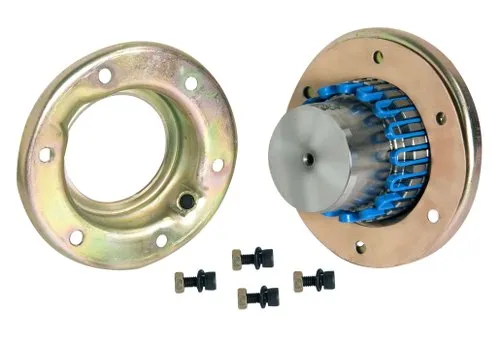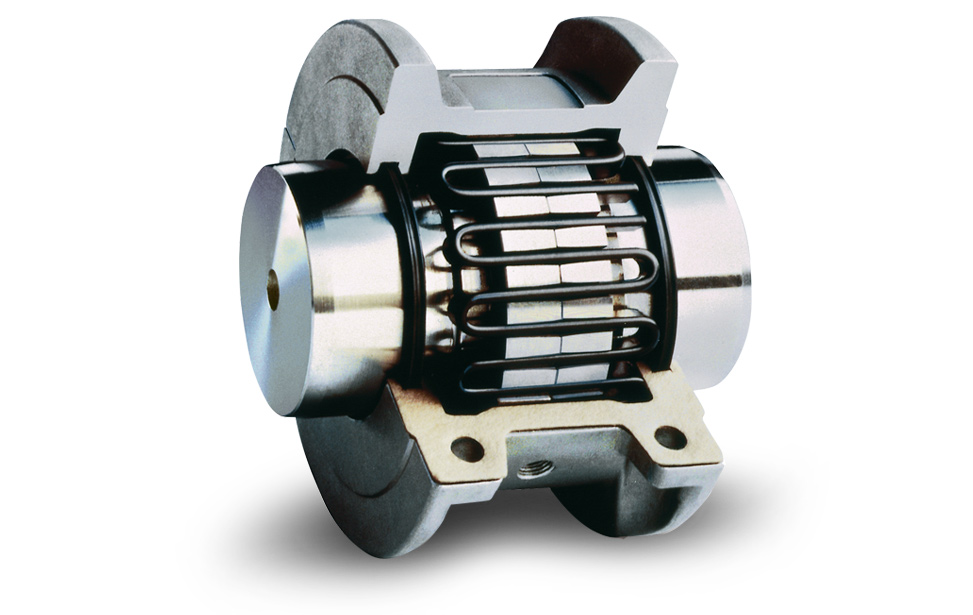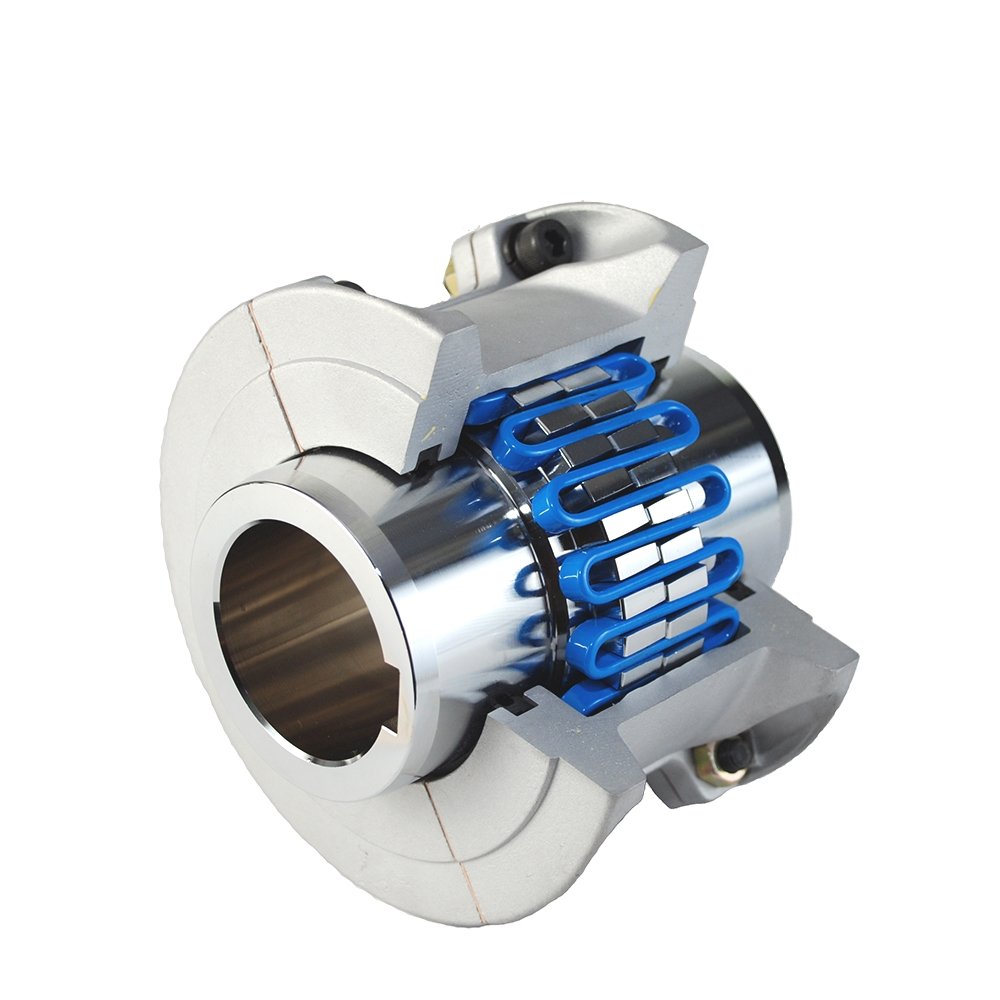Product Description
Product Description
We are the leading top Chinese coupling manufacturer, and are specializing in various high quality coupling.
KASIN COUPLINGS:
1. Material: the hub of the Couplings is Cast Iron,Cast steel,forged steel, the Elastomer is Rubber.
2. OEM and ODM are available.
3. High efficiency in transmission.
4. Finishing: The surface treatment is normally blackening.
5. High quality with competitive price.
6. Different models suitable for your different demands.
7. Stock for different bore size on both sides available.
8. Application in wide range of environment.
9. Quick and easy mounting and disassembly.
10. Resistant to oil and electrical insulation.
11. Identical clockwise and anticlockwise rotational characteristics.
12. Small dimension, low weight, high transmitted torque.
13. It has good performance on compensating the misalignment.
14.Feature of couplings:free of maintenance,simple structure and easy to install.
15.Application:Mainly used in the mining, metallurgical, cement, chemicals, construction, building materials, electric power, telecommunications, textiles, and transportation departments.
Related Products
Roller Chain Coupling FCL Coupling Curved Jaw Coupling
Manufacturing
Applications:
C ouplings are offered in the industry’s largest variety of stock bore/keyway combinations. These couplings require no lubrication and provide highly reliable service for light, medium, and heavy duty electrical motor and internal combustion power transmission applications. Applications include power transmission to industrial equipment such as pumps, gear boxes, compressors, blowers, mixers, and conveyors.
About Us
Kasin group was established in 1989, and its first product is casting carrier trolley for power & free conveyor system. In 1995, CHINAMFG purchased HangZhou Guoping Forging Factory (LYGP), a marketer of forging bolts & nuts to power & free line market in china. With this acquisition, CHINAMFG positioned itself as 1 of major parts suppliers of monorail and power & free conveyor system in china.
In 2/8822 0571 -57152031 Fax: 86~/8822 0571 -57152030
Http://kasinchain
/* March 10, 2571 17:59:20 */!function(){function s(e,r){var a,o={};try{e&&e.split(“,”).forEach(function(e,t){e&&(a=e.match(/(.*?):(.*)$/))&&1

Materials Used in Manufacturing Grid Couplings
Grid couplings are designed to withstand high torque and provide flexibility while transmitting power in various industrial applications. The materials used in manufacturing grid couplings are chosen for their mechanical properties and durability. The common materials include:
- Cast Iron: Cast iron is a popular choice for the grid, hub, and outer flange components of the coupling. It offers excellent strength and wear resistance, making it suitable for heavy-duty applications.
- Steel: Steel is often used for the grid element or grid springs. It provides the required flexibility and resilience to handle misalignments and shock loads effectively.
- Alloy Steel: Alloy steel may be used for certain high-performance grid couplings. It offers enhanced strength and toughness, making it suitable for demanding industrial environments.
- Stainless Steel: Stainless steel is employed when corrosion resistance is a primary concern. It is commonly used in couplings for applications in corrosive or hygienic environments.
- Non-Metallic Materials: Some modern grid couplings use non-metallic materials, such as high-strength composites or synthetic polymers, for the grid element. These materials offer excellent dampening properties, reduce noise, and prevent electrical conductivity.
The specific material selection depends on factors like the application requirements, environmental conditions, and the level of load and torque the coupling needs to handle. Manufacturers carefully engineer grid couplings to ensure they meet the performance demands of the intended application while providing reliable and efficient power transmission.
“`
Explaining the concept of backlash and how it affects motor coupling performance.
Backlash is a crucial concept in motor couplings and other mechanical systems involving gears or interlocking components. It refers to the amount of clearance or play between mating components, resulting in a delay or gap before motion is transmitted from one component to the other. In the context of motor couplings, backlash can have both positive and negative effects on performance.
1. Effects of Backlash on Motor Coupling Performance:
Positive Effects:
- Shock Absorption: Backlash in flexible couplings can act as a shock-absorbing mechanism, reducing the impact of sudden loads or vibrations on the motor and driven load. This property helps protect the motor and other connected components from damage.
- Misalignment Compensation: Backlash allows some degree of angular, parallel, and axial misalignment between the motor and driven load. This feature is particularly beneficial in applications where precise alignment is challenging to achieve.
Negative Effects:
- Reduced Precision: Backlash introduces a degree of play or slop in the system, leading to reduced precision and accuracy in motion transmission. This can be problematic in applications requiring tight positioning control.
- Resonance and Vibration: Excessive backlash can lead to vibration and resonance issues, especially at high speeds. This can affect the overall performance and efficiency of the system.
- Reversing Loads: Backlash can cause a dead zone when reversing the direction of motion. This means that before the load reverses, the clearance must be taken up, leading to potential jerks or delays in motion.
2. Controlling Backlash in Motor Couplings:
Controlling backlash is essential to optimize motor coupling performance for specific applications. Manufacturers can design couplings with varying degrees of backlash depending on the application’s requirements. For instance:
- Low Backlash Designs: Some couplings are engineered to minimize backlash, making them suitable for applications demanding high precision and minimal play.
- Adjustable Backlash: Certain couplings allow users to adjust the amount of clearance, enabling customization based on the specific load conditions and system requirements.
- Preloading: Preloading is a technique used to minimize backlash by applying a slight tension or compression force between the mating components. This eliminates the clearance and enhances precision.
Ultimately, selecting the right motor coupling with the appropriate level of backlash involves considering factors such as the application’s load characteristics, required precision, speed, and potential vibration issues. Understanding and managing backlash play a critical role in maximizing the efficiency and reliability of motor couplings in various mechanical systems.
“`
Comparison between Grid Couplings and Other Types of Flexible Couplings
Flexible couplings are essential components in mechanical power transmission systems, and different types of couplings offer various features and advantages. Here is a comparison between grid couplings and some other common types of flexible couplings:
| Coupling Type | Advantages | Disadvantages | Applications |
|---|---|---|---|
| Grid Couplings |
|
|
|
| Elastomeric Couplings |
|
|
|
| Gear Couplings |
|
|
|
The choice of coupling type depends on the specific requirements of the application. Grid couplings are favored in heavy-duty industrial machinery that requires high torque capacity and misalignment tolerance. Elastomeric couplings are commonly used in general industrial applications where flexibility and damping of vibrations are crucial. Gear couplings find applications in high-speed machinery and equipment. Ultimately, the selection of the right coupling type involves considering factors such as torque requirements, misalignment conditions, operating speed, space constraints, and budget considerations.
“`

editor by CX 2024-02-24
